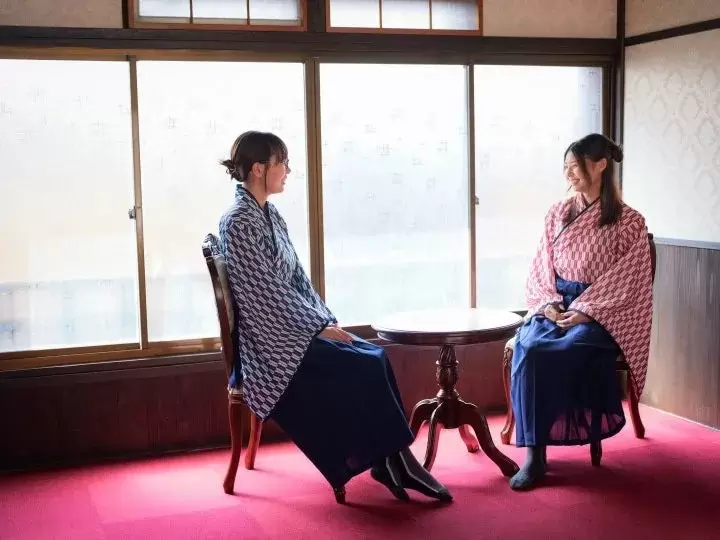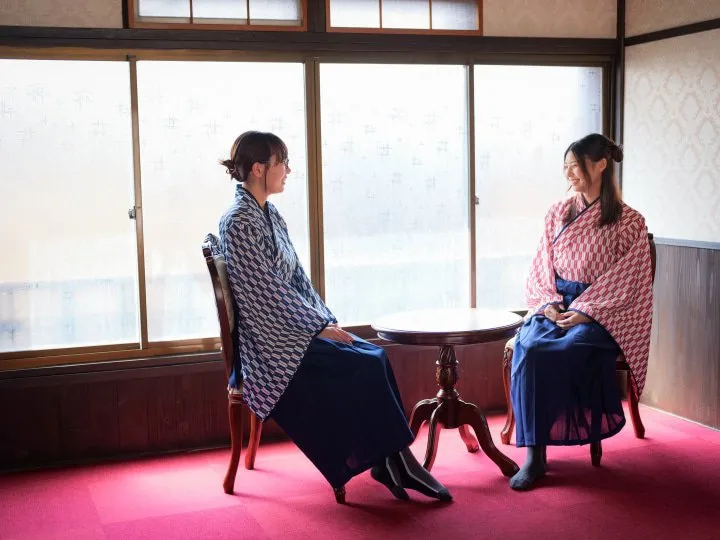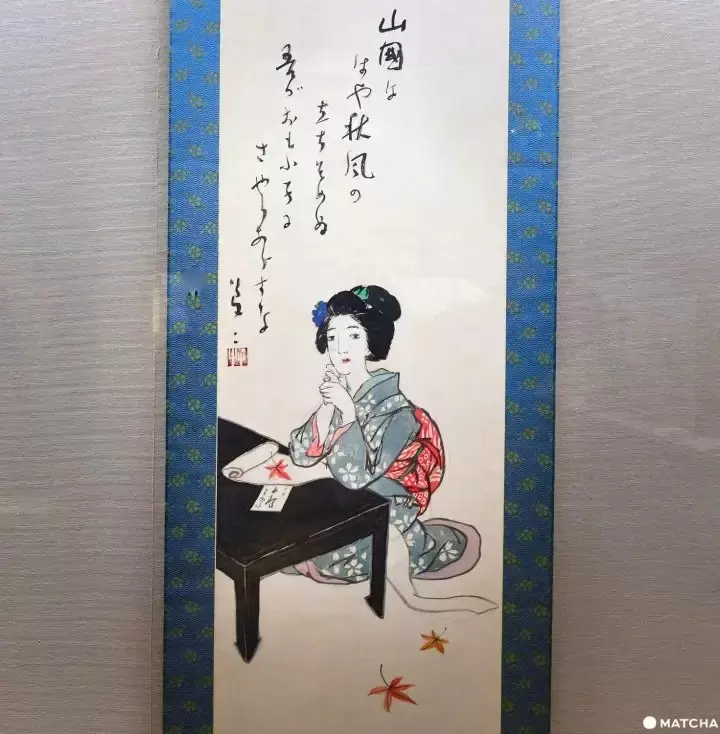The Taisho Period (1912-1926) in Japanese History

Japan’s Taishō era (1912–1926) laid the foundation for many aspects of modern life. Discover the features of Taishō Romanticism, now experiencing a revival, and its connection to the popular anime "Demon Slayer."
Japan's Taisho Period: 1912 - 1926
The Taisho Period is the era between 1912 and 1926, when Emperor Yoshihito reigned. After Emperor Yoshihito passed away, he became known as Emperor Taishō.
This period in history may have been short, but within these fourteen years many important events occurred, such as Japan entering the First World War and the Great Kanto Earthquake in 1923, after which over 100,000 people were declared dead or missing.
It's also the era of the Taishō Democracy, during which the ideologies of liberalism and democracy spread, and Japan's government and society started to make big moves towards the modern day.
The Roots of Present-Day Japan

The Taishō Period formed the roots of the Japanese lifestyle today. For example, it was during this period that three of Japan's favorite Western-style foods - namely curry rice, croquettes, and tonkatsu - began to appear on the Japanese dinner table.
On the outskirts of big cities, houses which blended Japanese and Western elements known as "cultural residences" were built en masse. These had Japanese-style entrances leading to Western-style reception rooms, and interiors complete with gas and water connections, kitchens and bathrooms.
Furthermore, with education becoming more widespread, it became the norm for the everyday man to be hired in the private sector after graduating university, leading to widespread urbanization.
The Era of Taisho Romanticism

In the Taishō Period, women's social standing began to improve. Influenced by the European art style Romanticism, a unique cultural trend called Taishō roman ("Taishō Romanticism") formed, putting emphasis on freedom of expression and individuality.
During this period, Japanese society developed rapidly, and lively new ideas emerged. It is regarded as an era of romantic and culturally flourishing modern Japan, where tradition blended with Western influences.
Particularly in art and popular paintings (such as illustrations by Yumeji Takehisa), the era's aesthetic sensibilities are vividly expressed through delicate and refined representations that reflect the times.
Additionally, the fashion of the period—such as improvements in women's clothing and the fusion with Western-style attire—also became symbols of Taisho Romanticism.
The traditional garment known as "hakama" became widely adopted as a school uniform for many female students from the late Meiji period (1868-1912) through the Taisho era (1912-1926).
Because the long hem of traditional kimono made movement difficult, hakama was designed for ease of motion and thus adopted as a female student uniform. The combination of hakama with a simple hairstyle and leather shoes symbolizes the freedom, progress, and activity that women pursued at the time.
Even today, women wearing hakama can be seen at university graduation ceremonies in Japan and at Shinto priest ceremonies. In places like Asakusa, Kyoto, and Kamakura, there are kimono rental shops where visitors can experience wearing hakama.
Read also
"Demon Slayer" and the Taisho Era

The globally popular Japanese anime "Demon Slayer" is once again fueling a boom with the release of its latest theatrical film in 2025. The story of "Demon Slayer" is inspired by the Taisho period (1912–1926) in Japan, weaving in elements of traditional Japanese fantasy with a distinctively Japanese aesthetic.
Some of the scenery, buildings, and the clothing of minor characters featured in "Demon Slayer" are also faithfully recreated to reflect the characteristics of the Taisho era.
For example, the appearance of electric lights and trains, the bustling city streets when Tanjiro visits Asakusa in the early part of the story, and the Westernized cityscape all reflect the atmosphere of the time.
Another example is the Western gentleman's attire worn by Muzan Kibutsuji when he first appears, which reflects the trends among the aristocracy and the wealthy during that period.
Yumeji's Beautiful Women from the Taisho Era

Besides animation works, perhaps the most famous example of Taisho Romanticism is the painter Takehisa Yumeji also known as Taishō's ukiyo-e master.
The beautiful women in his paintings have a characteristic sophisticated look of ennui on their faces, and wear modern style Japanese clothing loosely draped about their lithe bodies.
Even in present-day Japan, many young women are inspired by Yumeji's beautiful women, and antique, Taisho-style patterned kimonos are popular.
Yumeji also worked just like a graphic designer from our times, as he designed everyday goods, such as letter writing sets and hand towels, as well as public advertisements.
If you want to get up and personal with Yumeji's designs, check out the Yumeji Art Museum (Okayama), Takehisa Yumeji Ikaho Memorial (Shibukawa, Gunma; link in Japanese), or Takehisa Yumeji Museum (Tokyo).
Places in Japan Featuring Taisho Era Culture

One of the best places to experience Taisho era culture is the Tomioka Silk Mill, a UNESCO World Heritage Site. This facility was established in 1872, in the Meiji era (1868-1912), and from early on, it had female employees, offering women the chance to pursue careers outside of the household.
During the Taisho period, the Tomioka Silk Mill thrived, and the kojo ("female factory workers") were highly respected for their work and lifestyle. Their work outfits were the hakama-style kimonos that led the fashion trends at the time.
In Tomioka, you can dress up as a kojo during your factory visit and town walk. Near the factory, there are several coffee shops with a Taisho era ambiance, a famous example being Cafe Drome.

The Haikara Costume Museum, located in the Old Public Hall of Hakodate Ward, is another place where you can try wearing the hakama-style kimono fashion that was trending during the Taisho era.
This is the official account of MATCHA's editorial department. Our articles feature useful travel information for visitors to Japan, from how-to guides to recommended places to visit.









































![[2026] Top 5 Strawberry Picking Spots in Tokushima, Naruto| Farms and Access Guide for January to May](https://resources.matcha-jp.com/resize/720x2000/2025/03/06-227165.webp)


